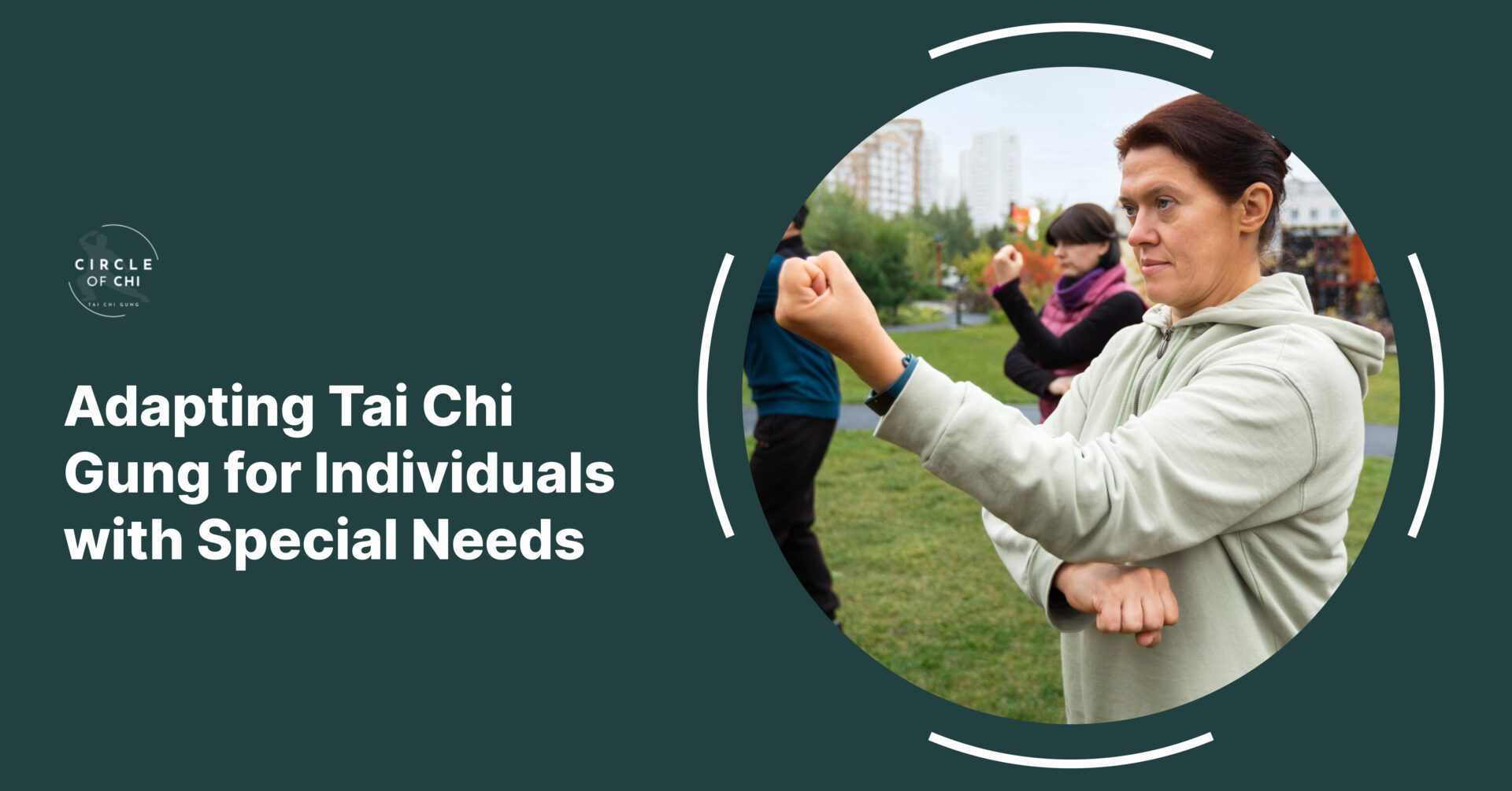Introduction
Tai Chi, an ancient Chinese practice rooted in martial arts and Taoist principles, has been gaining widespread popularity in recent years. Its slow, graceful movements and emphasis on breath control and mindfulness have attracted practitioners seeking improved physical health, mental clarity, and overall well-being. Circle of Chi is a valuable resource for those looking to delve deeper into the world of Tai Chi, offering insights, instruction, and a supportive community.
In this article, we’ll explore the differences and similarities between two prominent styles of Tai Chi: Tai Chi Gung and traditional Tai Chi. By understanding the unique characteristics and benefits of each approach, you can make an informed decision about which style best aligns with your goals and preferences.
What is Traditional Tai Chi?
Traditional Tai Chi, also known as Tai Chi Chuan, has a rich history dating back several centuries. Originating in China as a martial art, Tai Chi has evolved over time to encompass a broader range of applications, including health, meditation, and personal development. The core principles of traditional Tai Chi include:
- Cultivating internal energy (qi) through precise, fluid movements
- Maintaining balance and alignment throughout the practice
- Integrating breath control with physical motion
- Developing a calm, focused state of mind
To learn more about the fascinating evolution of Tai Chi techniques, check out this in-depth blog post from Circle of Chi.
What is Tai Chi Gung?
Tai Chi Gung, while sharing the same roots as traditional Tai Chi, is a distinct style with its own unique approach and focus. Developed by Master Waysun Liao, Tai Chi Gung aims to distill the essential principles of Tai Chi into a more accessible, streamlined practice.
Key characteristics of Tai Chi Gung include:
- Simplified, easy-to-learn movements
- Emphasis on health, relaxation, and personal growth
- Adaptability for practitioners of all ages and fitness levels
Unlike some other styles that focus heavily on martial arts applications, Tai Chi Gung prioritizes the cultivation of internal energy and the attainment of physical and mental well-being.
Similarities Between Tai Chi Gung and Traditional Tai Chi
Despite their differences, Tai Chi Gung and traditional Tai Chi share many fundamental principles and benefits. Both styles:
- Originate from Chinese martial arts and Taoist philosophy
- Emphasize slow, fluid movements coordinated with breath control
- Promote improved balance, flexibility, and body awareness
- Foster a calm, meditative state of mind
Exploring the world of Tai Chi, whether through Tai Chi Gung or traditional styles, can be a transformative journey of personal development. Learn more in this thoughtful blog post from Circle of Chi.
Differences in Movements and Forms
One of the most apparent differences between Tai Chi Gung and traditional Tai Chi lies in the complexity and length of their respective forms or movement sequences.
Traditional Tai Chi forms often involve longer, more intricate series of movements, with some styles boasting over 100 distinct postures. These complex forms can take years of dedicated practice to master, requiring a significant investment of time and effort.
In contrast, Tai Chi Gung employs simplified, more concise forms that are easier to learn and remember. By focusing on the essential movements and principles, Tai Chi Gung allows practitioners to experience the benefits of Tai Chi more quickly and with less frustration.
For those new to Tai Chi, learning the basic moves is an important first step. Check out this helpful blog post from Circle of Chi to get started.
Differences in Focus and Intent
Another key distinction between Tai Chi Gung and traditional Tai Chi lies in their primary focus and intent.
Traditional Tai Chi, with its roots in martial arts, often places a strong emphasis on self-defense applications. Many traditional styles incorporate training in push hands, a partner exercise designed to develop sensitivity, responsiveness, and martial skills.
Tai Chi Gung, on the other hand, prioritizes health, relaxation, and personal growth over martial prowess. While Tai Chi Gung can certainly enhance physical fitness and coordination, its primary goal is to help practitioners achieve a state of inner peace, vitality, and well-being.
This difference in focus impacts the training methods and expected outcomes of each style. Traditional Tai Chi students may spend more time on martial applications and push hands, while Tai Chi Gung practitioners may concentrate more on breathing exercises, meditation, and self-cultivation.
Benefits of Both Styles
Regardless of the style practiced, Tai Chi offers a wide range of potential benefits for physical, mental, and emotional health. Some of the shared benefits of Tai Chi Gung and traditional Tai Chi include:
- Improved balance and coordination
- Increased flexibility and joint mobility
- Better posture and body alignment
- Enhanced cardiovascular and respiratory function
- Reduced stress, anxiety, and depression
- Greater mental clarity and focus
For a comprehensive overview of the many benefits of Tai Chi, read this informative blog post from Circle of Chi.
In addition to these shared benefits, each style may offer unique advantages based on its specific focus and training methods. For example, traditional Tai Chi’s emphasis on martial arts may lead to greater self-defense skills and confidence, while Tai Chi Gung’s streamlined approach may be particularly beneficial for older adults or those with limited mobility.
Which Style is Right for You?
Choosing between Tai Chi Gung and traditional Tai Chi ultimately depends on your individual goals, preferences, and circumstances. Consider factors such as:
- Your primary reason for practicing Tai Chi (health, stress relief, martial arts, etc.)
- The amount of time and energy you can devote to training
- Your age, fitness level, and physical limitations
- The availability of qualified instructors in your area
One of the best ways to determine which style resonates with you is to experience them firsthand. Many Tai Chi schools and instructors offer introductory classes or workshops that allow you to sample different styles and approaches.
Remember, there is no one “right” way to practice Tai Chi. The most important thing is to find a style that engages you, challenges you, and supports your personal growth and well-being.
For more guidance on exploring different Tai Chi styles, check out this insightful blog post from Circle of Chi.
Conclusion
Tai Chi Gung and traditional Tai Chi, while sharing common roots and principles, offer distinct approaches to this ancient Chinese practice. By understanding the similarities and differences between these two styles, you can make an informed choice about which path to pursue on your Tai Chi journey.
Whether you’re drawn to the martial arts applications of traditional Tai Chi or the simplified, health-focused approach of Tai Chi Gung, the most important thing is to start practicing and stay committed to your personal growth.
As you explore the rich world of Tai Chi, remember that Circle of Chi is here to support you every step of the way, with expert guidance, helpful resources, and a welcoming community of fellow practitioners.
So take that first step, trust in the process, and discover the profound rewards that Tai Chi has to offer. With dedication, patience, and an open mind, you’ll soon experience the transformative power of this timeless practice for yourself.





























